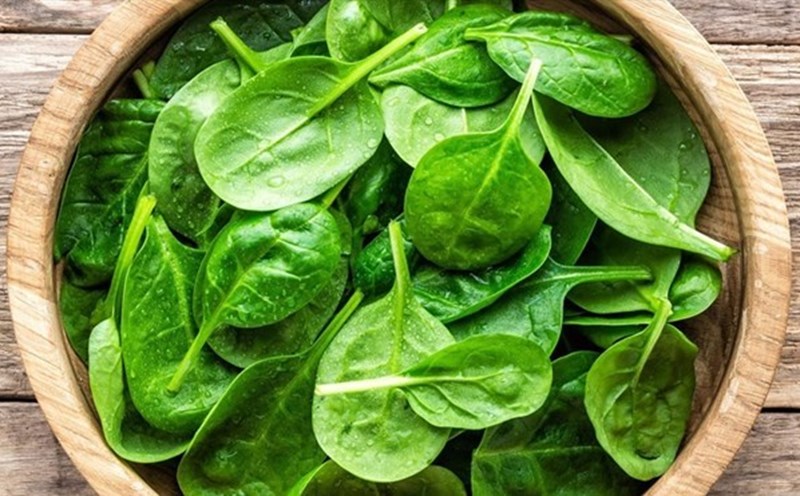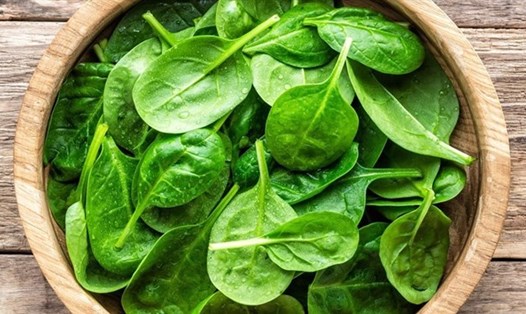Gastric ulcers are a condition in which the stomach lining is damaged, inflamed, or the protective ability of the lining is impaired. Many scientific studies have shown that consuming foods such as chocolate and mint can make this condition worse.
Chocolate, especially those high in cocoa, may increase the risk of stomach ulcers. Research from the Mayo Clinic shows that chocolate can stimulate acid production in the stomach, thereby increasing acidity levels. Ingredients in chocolate such as theobromine and caffeine can relax the lower esophageal sphincter, making it easier for stomach acid to reflux into the esophagus, causing a burning sensation and pain. In addition, theobromine also stimulates the production of gastric juice, making the stomach environment more acidic, leading to mucosal damage and aggravating ulcers.
Although peppermint has a soothing effect on the body and aids digestion, it has a negative effect on people with stomach ulcers. According to a study by the US National Institutes of Health, peppermint has the same effect as chocolate in relaxing the lower esophageal sphincter, leading to easy reflux of stomach acid. This not only causes discomfort but also increases the risk of more severe ulcers. In addition, peppermint can stimulate the secretion of gastric juice, increasing the amount of acid in the stomach, causing damage to the weakened stomach lining.
Chocolate and peppermint both contain compounds that can irritate the stomach lining, causing symptoms such as abdominal pain, bloating, and nausea in people with ulcers. People with these conditions should limit or avoid consuming products containing chocolate and peppermint.
It has been found that consuming chocolate and mint can aggravate the symptoms of stomach ulcers. Therefore, changing your diet and avoiding these foods is essential to protect your stomach health.











